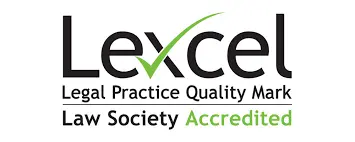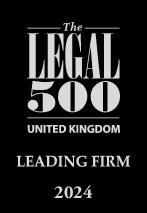Kilraine v London Borough of Wandsworth
A disclosure must be sufficiently factual and specific before the worker making it stands to qualify for whistleblowing protection. The Court of Appeal made this point loudly and clearly in its latest decision on protected disclosures. Background law People who notify their employers of wrongdoing are in some situations protected from being penalised as a result of having done so. It is automatically unfair to dismiss an employee because or mainly because they made a ‘protected disclosure’ – otherwise known as blowing the whistle. Similarly, an employer must not subject an employee or a worker to a detriment (overlooking them for promotion, for example) for having made a protected disclosure. For whistleblowing protection to apply, the worker must have disclosed information in the right way, either internally or externally to a body such as HMRC, and must reasonably believe that the disclosure is in the public interest. The individual must also reasonably believe that the information provided tends to show that certain things are happening, have happened, or are likely to happen. These include (a) a criminal offence, (b) a failure of someone within the organisation to comply with a legal obligation, and (c) a health and safety breach. There are six categories in all, known collectively as ‘the relevant failures’. The facts Karen Kilraine was employed as an Education Achievement Project Manager. She was made redundant and went on to bring a tribunal claim. She alleged that she had suffered a detriment and had been dismissed as a result of having made protected disclosures. The employment tribunal didn’t agree that all four disclosures on which she relied amounted to protected disclosures. It went on to decide that dismissal had been for redundancy (not because of any protected disclosure) and that, although her dismissal had been unfair because of a failure to properly consult, no compensation was payable. It held that Ms Kilraine would have been dismissed even if the necessary consultation had taken place. The case went to the Employment Appeal Tribunal and then to the Court of Appeal where the focus was on two of the disclosures. The first was Ms Kilraine’s letter to her employer complaining of sidelining and of inappropriate behaviour towards her. The second was an email alleging a lack of support after she had reported a safeguarding incident. The employment tribunal had held that there had not been a disclosure of information; merely allegations. It fell to be decided if the tribunal was right to have concluded that the threshold for whistleblowing protection had not been met. The Employment Appeal Tribunal The EAT reached the same conclusion as the tribunal, but cautioned against a hard distinction between ‘information’ (as required by the legislation) and an ‘allegation’. In Ms Kilraine’s situation, however, neither of the two disclosures under consideration amounted to a disclosure of information that tended to show a relevant failure.
The Court of Appeal On this point of the difference between information and allegations, the Court was clear that for the purposes of whistleblowing protection there does not need to be a rigid distinction; information can cover statements that might also be considered to be allegations. What is vital is that the worker making the disclosure has a reasonable belief that the information that he or she is disclosing tends to show one of the relevant failures (and that disclosure is in the public interest), and that the statement or disclosure made issufficiently factual and specificsuch that it is capable of tending to show that relevant failure. The first disclosure – inappropriate behaviour and sidelining – was not a qualifying disclosure. Ms Kilraine had not identified any relevant context for her statement, nor was it sufficiently factual. It didn’t tend to show a relevant failure. The second disclosure, while being sufficiently factual so as to potentially qualify as a disclosure of information for purposes of the whistleblowing legislation, did not tend to show that a person had failed, was failing, or was likely to fail to comply with any legal obligation to which they were subject. What this means for employers Employers should always take all notifications from workers seriously, whether they can be immediately identified as protected disclosures or not. As to qualification for whistleblowing protection, this case illustrates the importance of employers taking a methodical and sensible approach to what they are being told. Disclosures are often made up of information and allegations, and so it should be a case of stepping back, looking at what you have been presented with, and deciding if it meets the requirements of a protected disclosure. Don’t dismiss ‘mere’ allegations out of hand; make sure to understand the full context. By the same token, a vague complaint about an alleged failing should be carefully examined before concluding that whistleblowing protection attaches. The good news? Failing to correctly identify a protected disclosure will not, by itself, be fatal. It is only when a person is treated detrimentally because of having made one that legal liability kicks in. So perhaps the message should be: be aware, be fair, keep good notes, and you won’t go far wrong.







